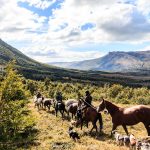
Nordic Skiing Anchorage’s Trail System
Anchorage is a nordic (cross-country) skier’s paradise. With more than 105 miles (175 km) of maintained ski trails, 120+ miles of mixed-use trails, and even 41 miles of ski-jouring trails (ski-jouring is when you have your dog pull you on skis, it’s incredibly fun for you and your dog if it’s the right breed), there’s more than enough variety to keep locals happy for years, and more than enough to entertain you during your winter visit to Anchorage, Alaska’s largest city.
Kincaid Park: The Hub
Kincaid Park is a marvel as far as public trail systems go. With 60km of trails of varying difficulties that weave through a 1,400-acre area, it’s an impressive resource that’s free and open to the public year round (snow can last from November through April, depending on the year).
Check out the trail map here.
The Coastal Trail: How Far Do You Want to Go?
Starting in Kincaid Park, the Tony Knowles Coastal Trail runs 11 miles north and then bends east along the coast of Knik Arm towards downtown Anchorage. It runs directly through Earthquake park, an area dedicated to the devastating magnitude 9.2 earthquake that struck Southwest Alaska in 1964, and officially ends near W 2nd Ave near downtown Anchorage (more about the earthquake in the dropdown below). You can connect with the Chester Creek Trail, which then connects to Alaska Pacific University trails, and with a little creativity, Campbell Tract BLM trails and Far North Bicentennial Park. So, although the Coastal Trail is only 11 miles long, you can make it a much farther than that if your amazing and exhausted heart desires.
1964 Earthquake
The magnitude 1964 earthquake that struck Southwest Alaska was the largest ever recorded in North America and the second largest in the world. The resulting destruction from the earthquake, including massive tsunamis, claimed the lives of 139 people.
Anchorage sits along the border of the Pacific and North American tectonic plates, known as a subduction zone, where the Pacific Plate is continuously sliding underneath the North American plate. Over time, the top plate can get “stuck” against the lower one, and once every 630 years or so, the plate gets “un-stuck,” and results in a sudden, massive uplift of land, also known as a megathrust earthquake (can I say “that’s what she said” yet?).
After a quake like this, large areas of land end up a number of feet lower than before. Earthquake Park along Anchorage’s Coastal Trail allows you to experience the results of these tectonic movements firsthand.
Don’t let this info discourage you from visiting. Earthquakes are a risk in many parts of the world, and it’s difficult to predict where or when they will happen. The US Geological Survey found that the average time between quakes of this magnitude in Southwest Alaska is 630 years, so the only people that need to be worried about it are people like Santa Claus, Merlin, and The Highlander.
The US Geological Survey has written and produced a ton of content about this earthquake. Check out their page about it here.
Where Do I Buy/Rent Gear?
Anchorage has a number of places where you can rent or buy nordic ski gear. REI rents all kinds of gear, including classic and skate skis. Just a block away, Alaska Mountaineering and Hiking rents at a slightly better price than REI, and is a locally-owned shop. Alaska Pacific University also rents to students and general public alike.
I rented a full skate ski setup from Alaska Mountaineering and Hiking and got fantastic equipment that’s better than the stuff I have at home.
How about lessons?
New to nordic, or don’t want to go it alone? The Nordic Skiing Association of Anchorage offers lessons for all ages in conjunction with the municipality of Anchorage. Check it out here.
Public Trails, Local Lifestyle, and Good Visitor Experiences
Anchorage’s public trail system is a great example of how public and private organizations can create synergies to simultaneously improve visitor resources and local quality of life. The Anchorage Economic Development Corporation (AEDC) has an initiative itself to evaluate and improve the trail resources in the city because it recognizes that public recreation infrastructure affects the local economy in a measurable way. Check out their “Live.Work.Play: Trails Initiative” page and their social hashtag, #OurANCTrails.
When I worked in the Destination Marketing industry, I was introduced to a philosophy about visitor-focused economic development:
Choosing one destination over another for a vacation is often times heavily rooted in emotion: “Where am I going to have the most memorable, fulfilling/relaxing/exhilarating/insert-adjective-here experience?” Increasingly, that decision is tied to visitor perceptions of local quality of life. The millennial generation, now the largest generation in the United States, craves unique, local experiences. My ability to go to a locally-owned outdoor shop, rent some skis, get advice from the guy at the counter who’s a skier himself, and then head out to explore the Coastal Trail and ski with locals and visitors alike is one example of this trend in action. And yes, as a millennial, you can bet your butt I Instagrammed and SnapChatted it.
Much of the credit to the ski trail system in Anchorage goes to the Nordic Skiing Association of Anchorage (NSAA). They’re a private non-profit that grooms and maintains many of these trails year-round, organizes events, lessons, youth opportunities, and much more. When a tax cap cut public funding for trail grooming, the NSAA took over through private donations and grants.
So, if you ski in Anchorage and had a great experience, consider donating to the NSAA (they’re a 501(c)3 too)
If you create a place that people want to visit, you’ll create a place that people want to live. If you create a place where people want to live, you’ll create a place where people want to work. If you create a place where people want to work, you’ll create a place where companies want to locate their business. And if you create a place where companies want to locate their businesses, you’ll create a place where people want to visit.
Maura Gast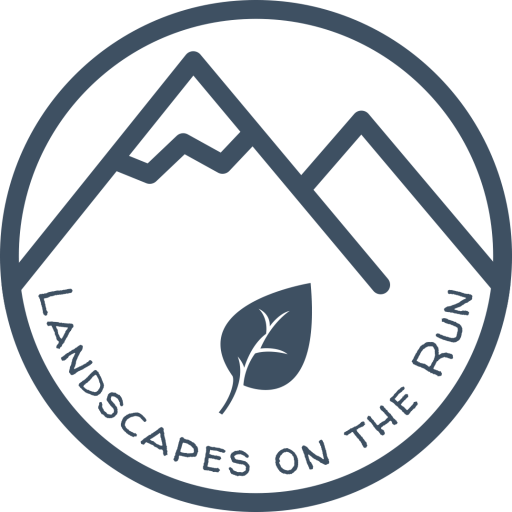
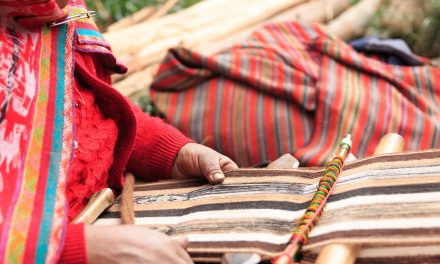
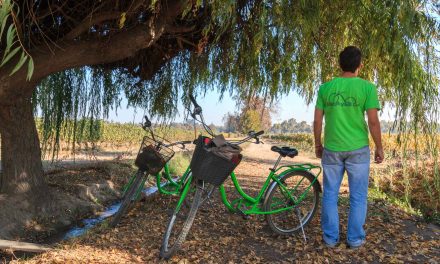

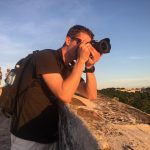
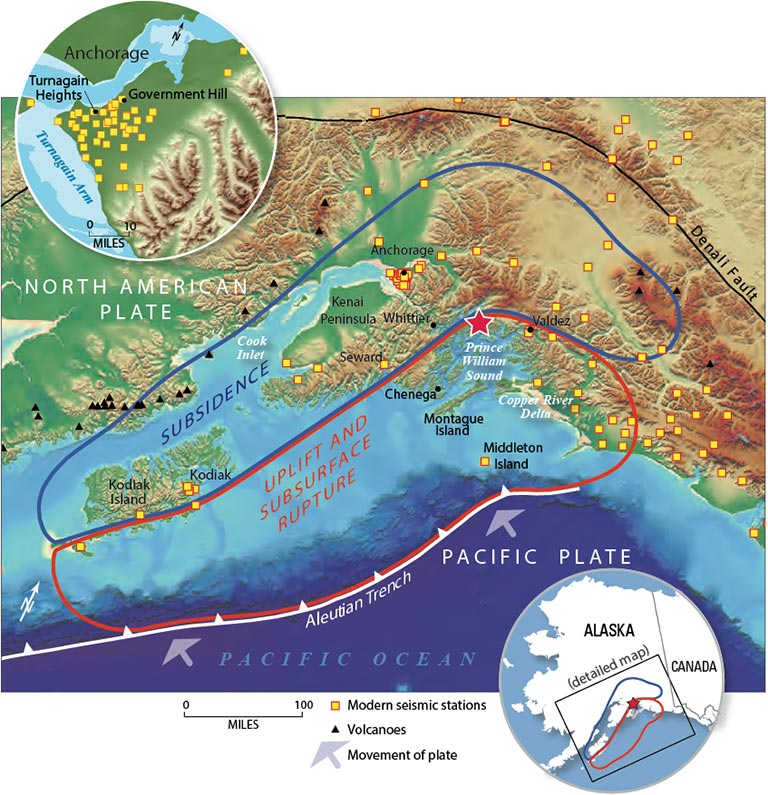
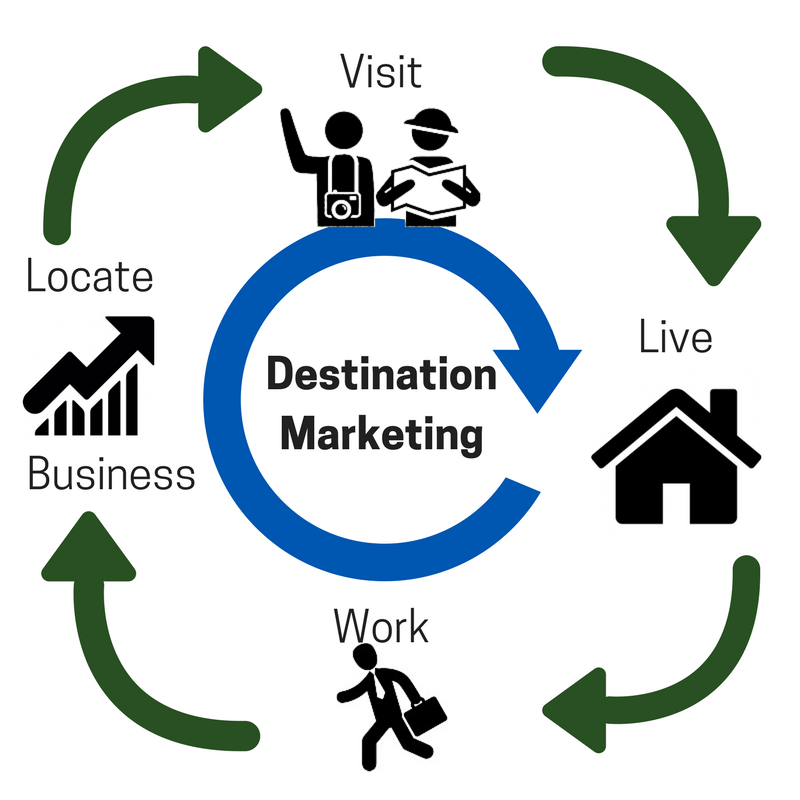
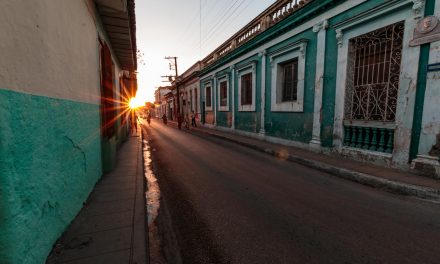
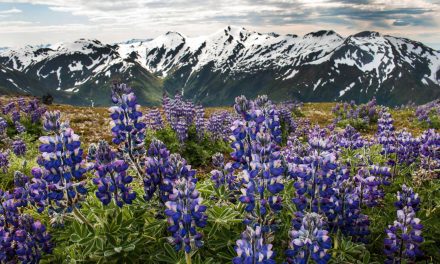
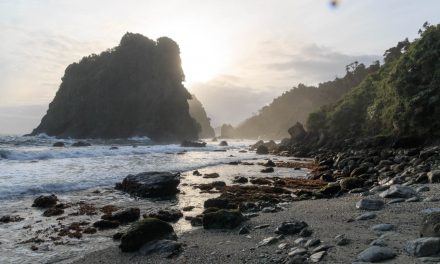
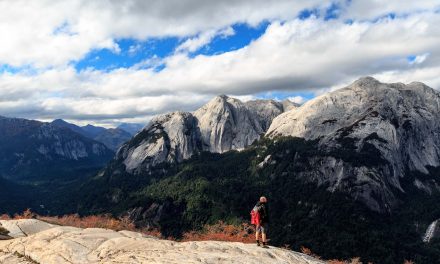
Thanks for reading
Enjoyed it? Share with your friends!